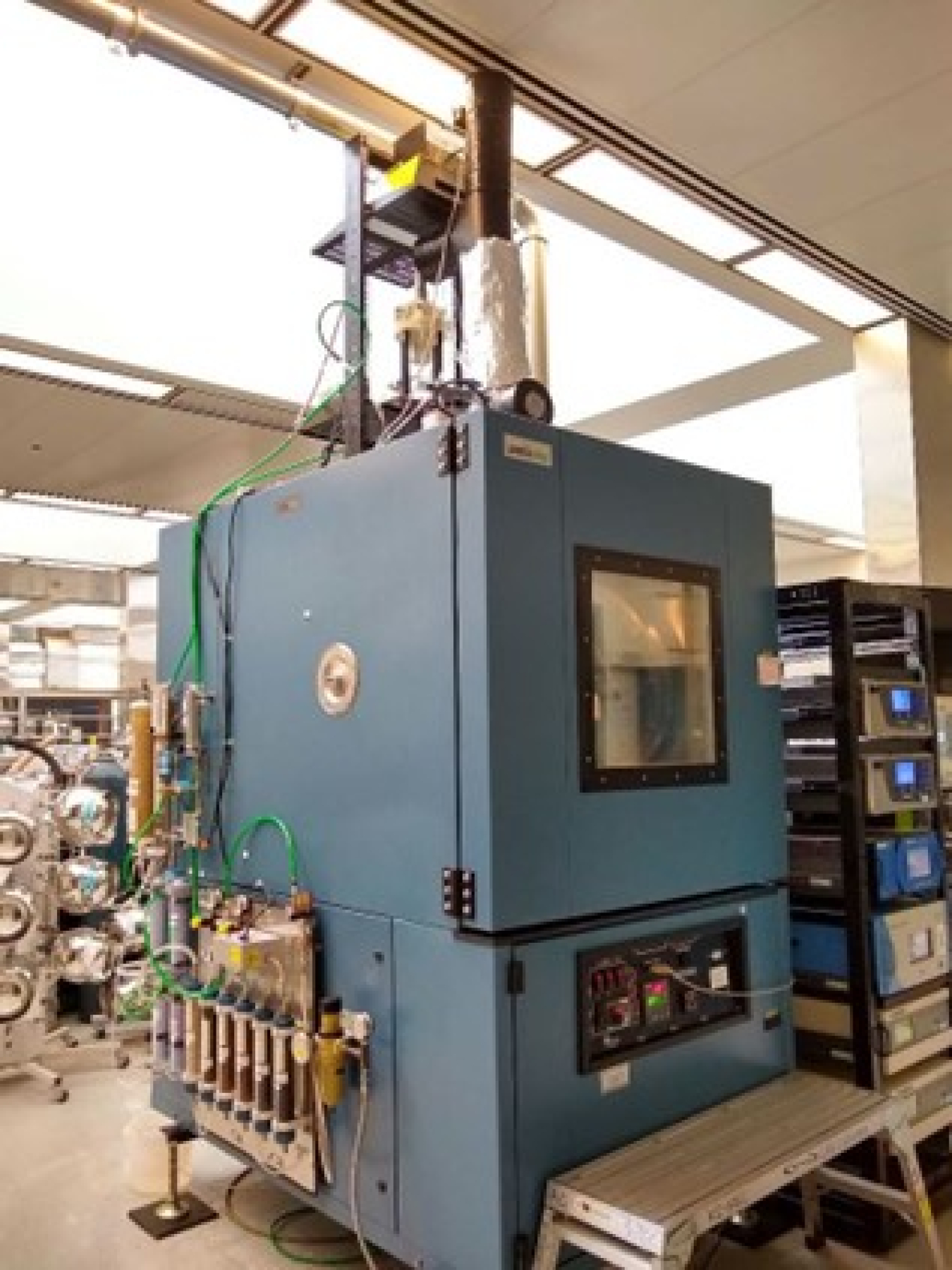PROJECT INFORMATION
Team: Newport Partners
Building Component: Indoor Air Quality
Application: New Construction and Retrofit
Climate Zones: All

Indoor air quality (IAQ) has become a vital aspect of efficient, airtight homes and buildings. Current approaches for providing healthy IAQ include pollutant source control, filtration, and ventilation. However, these approaches could be improved by the addition of a fourth measure—active IAQ monitoring with the use of low-cost IAQ sensors.
Low-cost IAQ sensors are currently available on the market, with hundreds of options at prices ranging from several dollars to a few hundred dollars. These sensors are intended to detect a variety of indoor air pollutants such as particulate matter, nitrogen dioxide, carbon dioxide, and volatile organic compounds.
A primary barrier to the wide usage of low-cost IAQ sensors is the lack of established testing methods to determine effectiveness. Manufacturers perform their own testing, but this testing varies across private organizations and does not carry the credibility of testing that can be repeated by other organizations.
Newport Partners worked closely with industry partners to develop test methods for the evaluation of low-cost IAQ sensors. The team developed two test methods for particulate matter with a diameter of 2.5 microns or less and carbon dioxide, which were approved by a standards subcommittee.
This set standard allows for equal evaluation of sensors used for ventilation control, pollutant alerts, and even alerting that a space is over-occupied relative to ventilation rates.
Learn more about Building America's work.
RELATED PUBLICATIONS
Technical Report: Development of Laboratory Test Methods for Low-Cost Indoor Air Quality Sensors

